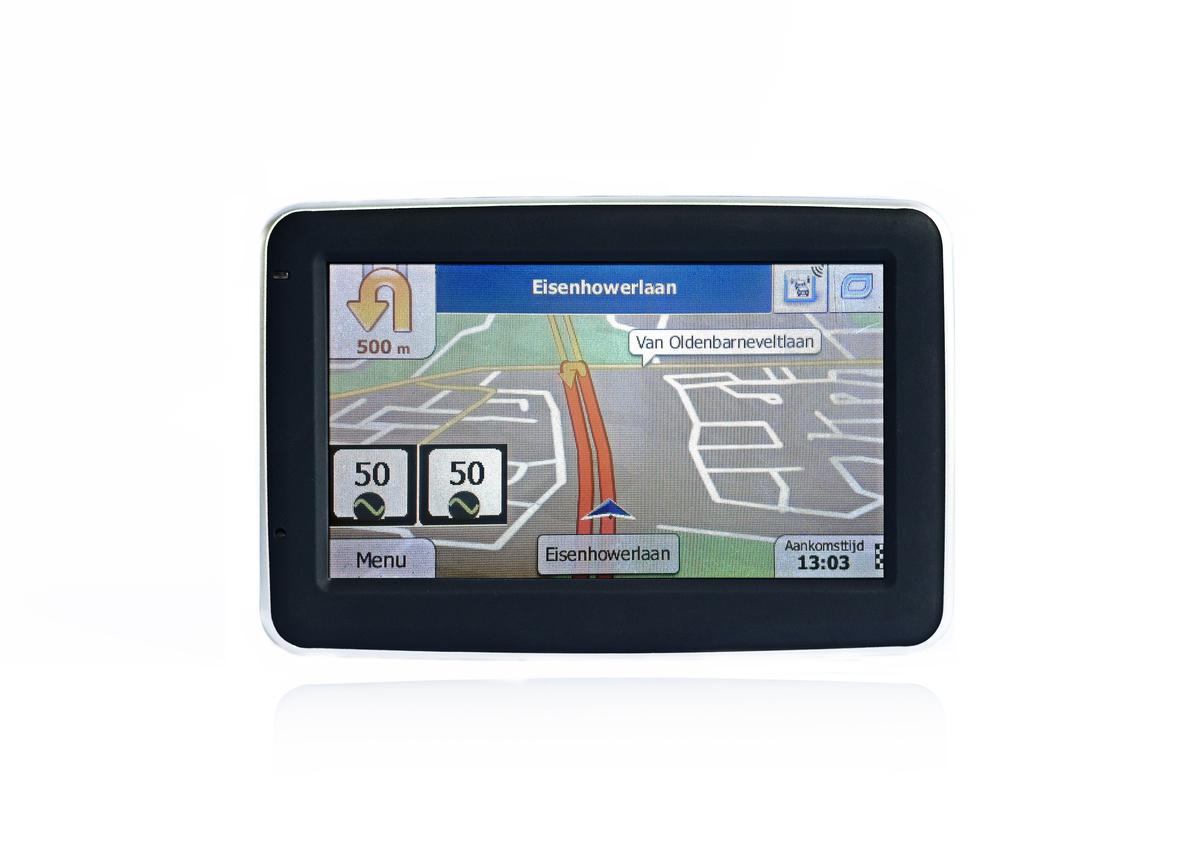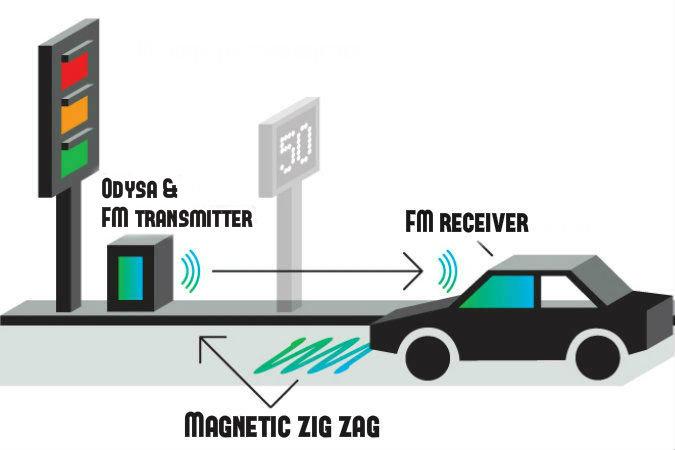Red traffic lights are a cumbersome business. It takes effort to gear down and back up again, not to mention the environmental cost of increased carbon emissions every time you get going again.
When compared to cruising, stopping at a traffic light causes a car to emit four times the pollution, according to Environmental Research Web. A stopping bus emits 11 times as much pollution as when it’s cruising.
A Dutch initiative is getting cars to cruise through traffic lights.
We’ll use an example to show how it works. You could drive 40 mph and hit a red light, but if you drive 30 mph, by the time you reach the light, it will have turned green again and you can cruise through without stopping. Signs have been set up in Eindhoven, Netherlands, since 2000 telling drivers what speed they should go to catch only green lights and not have to stop and go at reds.
You can either hurry up and wait, or take it slow and steady—you'll get there in the same amount of time, but the difference lies in how much pollution your car will emit. This so-called “green-wave” project has also reduced traffic jams on busy roads in the region.

A navigation system screen displays the suggested speed for a driver to avoid red lights in a pilot project.(Courtesy of RDSA.nl)
Soon, instead of having to look at signs on the roadside to know the suggested speed, drivers will be able to see it displayed on their navigation devices, transmitted via FM radio signals. Public and private investment will upscale the Radio Dynamic Speed Advice (RDSA) pilot. Google, Salesforce, and Atos are known investors. Smart in-car technology is attracting increasing investment in general. For example, Finnish Nokia Oyj has invested $100 million in companies that develop smart in-car technology, according to Computing.
Magnetic strips are built into the road in zig-zag patterns and they measure a car’s speed. The speed is transmitted to a traffic-regulating system known as Odysa that calculates the advised speed for riding a green wave and sends it out on an FM channel.

A diagram demonstrates how a “green speed” device advises drivers what speed to go to avoid red traffic lights. (Courtesy of RDSA.nl)
In a group of drivers who tested the FM-transmitted speed suggestions as part of a pilot project, about 70 percent adapted their speed and reported that they did not find the extra information distracting. They said they would be willing to pay for the information if necessary.
*Image of a red traffic light via Shutterstock




